Halloween came early for our coral reef research team who visited South Andros last month. During a lucky dive, our researchers noticed bright, pumpkin-orange webs oozing from tabular reef sponges. Upon closer inspection, they realized this reef’s “Halloween decorations” were actually a mixture of sponge mucus and tiny orange balls.
Curious to learn more, Senior Scientist Dr. Valeria Pizarro was suspicious the tiny balls might be eggs… or even larvae. “It was amazing, I was so excited and I thought these sponges might be spawning, but I didn’t know for sure,” she said.

Love is in the water during the warmer months (July to October), as that’s when Caribbean corals, algae, sea stars and more begin to spawn or sexually reproduce. To verify whether this particular sponge was spawning, she sent her field photos to renowned expert Dr. Sven Zea of the Universidad Nacional de Colombia (Colombia National University).
Dr. Zea confirmed the tiny spheres within the orange mucus filaments were indeed embryos or larvae from the brown encrusting octopus sponge, Ectyoplasia ferox. This sponge is a hermaphrodite, meaning each individual can produce both eggs and sperm. Fertilization happens within the sponge when it encounters sperm travelling through the water column from another individual of the same species.

Although Dr. Zea has seen these sponges releasing embryos in The Bahamas before, little is known about their reproductive process. But what we do know is that many of the embryos and larvae we observed will eventually settle onto the reef as brand new sponges.
If you’re an avid diver, keep an eye out for brown encrusting octopus sponges on coral rubble and dead areas of the reef, between 12 to 22 metres. That’s where they’re commonly found. You never know what new discoveries await you in the underwater world!
To learn more about the diversity of sponges within The Bahamas and the Caribbean, check out this incredible sponge guide created by Dr. Zea and his colleagues here.


Build a Coral Reef for the Holidays | PIMS x Partanna
PIMS is partnering with Partanna to build a 100m² carbon-negative reef. Rick Fox is matching donations up to $25k. Help us build a sanctuary for the future.
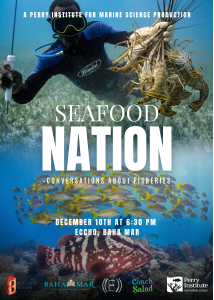
“Seafood Nation” Documentary Premiere Explores the Heart of Bahamian Culture and the Future of Fisheries
NASSAU, The Bahamas | December 5, 2025 – From the bustling stalls of Potter’s Cay to family kitchen tables across the archipelago, seafood is far more than just sustenance in
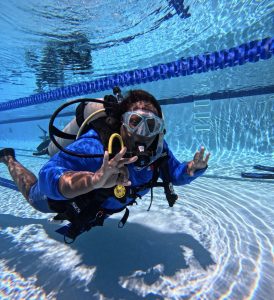
PIMS and Disney Conservation Fund Partner to Train 19 Government Divers
PIMS dive training in Nassau strengthened national coral restoration capacity across government agencies. Bahamas Dive Training Builds National Coral Restoration Capacity Last fall, between the months of September and October,
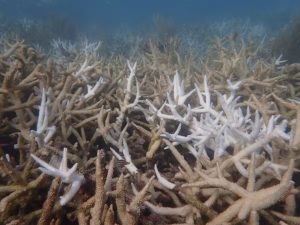
Florida’s Coral Reef Crossed a Line: What Functional Extinction Really Means for Elkhorn and Staghorn Corals
Reefs didn’t just bleach. They functionally vanished in one summer. A new Science study co-authored by researchers from the Perry Institute for Marine Science (PIMS) has found that Florida’s two
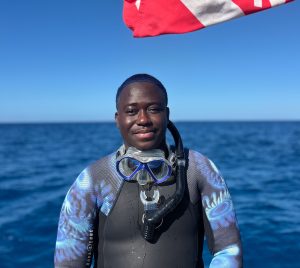
Q&A: Understanding the IDC Course at PIMS with Duran Mitchell
A former aquarist turned coral conservationist, Duran is passionate about understanding how all marine life connects. PIMS & IDC: Empowering New Dive Instructors for Marine Conservation PIMS & IDC: Empowering
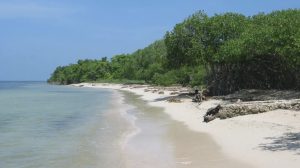
Forbes Shines a Spotlight on Coral Reef Restoration in the Caribbean
When Forbes highlights coral reef restoration, it signals something powerful: the world is paying attention to the urgent fight to protect reefs. And solutions are within reach. Recently, Forbes featured Dr. Valeria



